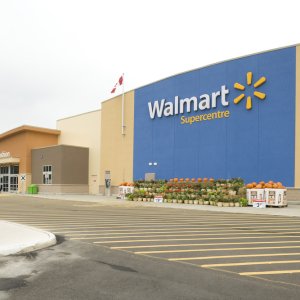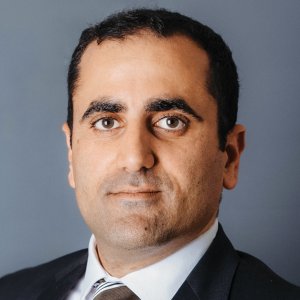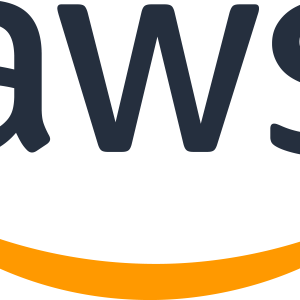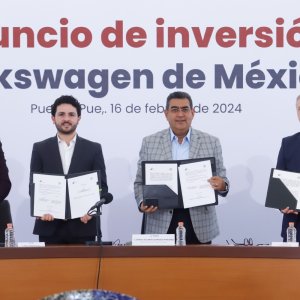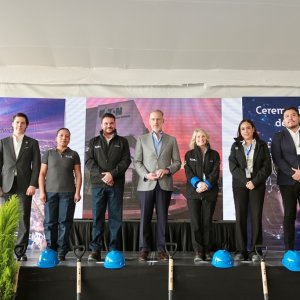Industry Certainty Essential for Real Estate Growth

STORY INLINE POST
Q: How are the post-pandemic needs of future renters changing the real estate business?
A: While we believe working from the office will remain a necessity, we do think that there will be greater flexibility on days and hours spent working in the office. The need and desire to live in close proximity to the workplace will remain for many individuals and families, however the working from home (“WFH”) option will spur changes in the multifamily industry. For example, we are considering updating the design of our units and amenity spaces for existing and future projects to address the needs of residents working from home. At our Stratto Americas asset in Guadalajara, we transformed an underutilized area in our amenity space into a co-working space that has proven to be popular with our residents and has served as a powerful leasing tool to attract future residents. We are also considering designing units with built in furniture or spaces that can be used as a flexible work area.
Q: How does the post-pandemic multifamily sector compare to the traditional rental housing sector?
A: The main difference between the traditional rental housing sector, which is known in the industry as the “shadow market”, in which a developer builds and sells apartments to individual owners, and those individual owners rents the apartment to an end-user, and the institutional multifamily sector is that we own and manage all of the apartments in our projects and are able to maximize both the daily living experience for our residents and the returns to our investors. As an example, Greystar owns and manages 230 units at our Stratto Americas project in Guadalajara, Jalisco. Compared to the shadow market units, our property continues to offer the best amenities and service in the submarket and is able to charge a premium on rent for these added benefits. The shadow market suffers from inadequate and unprofessional attention to its end users, and end users are often left having to fend by themselves to solve any issues with the unit.
In terms of the impact on our residents at Stratto Americas, the pandemic has demonstrated the importance of having a professionally managed building to deliver the best service and protection for both residents and team members. Throughout the pandemic, our team members focused on the safety of our residents. At the same time, they were working to maintain and increase occupancy by employing new leasing tools such as virtual and facetime tours. Although occupancy was naturally impacted for most of the main multifamily owners and operators in Mexico, it was nowhere near the same level as other real estate asset types experienced.
The performance of multifamily assets during the pandemic has created an awareness in Mexico of both the resiliency and reliability of the product type. This, as well as the underperformance of other asset types, has resulted in an increase in opportunities to develop and operate multifamily projects in the most competitive markets, such as Mexico City, Guadalajara, and Monterrey.
Along with other multifamily platforms in the sector, Greystar is focusing on increasing its pipeline to deliver more multifamily assets, especially after the uncertainty of the pandemic. There are several projects in the market being considered and evaluated, and there are multiple multifamily projects in pre-development and construction that will be delivered in the next three to five years.
Q: Two of your projects were put on hold due to permits. What is their status and when are they expected to be completed?
A: We are currently developing a 455-unit, 45-storey multifamily project located along the Mexico-Toluca highway named Stratto Bosques. Upon delivery of the project in February 2023, it is expected to be the largest purpose-built multifamily building in Mexico.
We are also co-developing with GFA a 425-unit mixed use project in the Reforma Avenue corridor, which is currently in permitting. Our projects, like most of the projects in Mexico, have suffered delays in permitting and construction due to the COVID-19 pandemic. Licenses and permits have been proven to be an obstacle in the advancement of projects in Mexico City, and with this uncertainty in the timing and process, investment in the sector will continue to be put on hold.
We hope that the authorities are doing their best to improve the situation and provide assurance to investors and developers so that the real estate sector may continue to create direct and indirect employment and improvements to the city.
Q: What conditions need to be met in Mexico City to reactivate real estate development?
A: As mentioned previously, the most important condition needed to reactivate the real estate sector is certainty in timing and costs. Domestic and international investors will only feel comfortable making sizable investments in Mexico if there is certainty on when permits can be obtained. This in turn provides certainty in construction costs as contracts can be locked in with contractors and cost escalations can be minimized. The authorities are addressing the permitting issues and we have confidence that the process will improve sooner than later.
Q: What is Greystar’s strategy to keep real estate investment coming to Mexico?
A: We will continue to focus on the largest and most dynamic markets in Mexico, including Mexico City, Guadalajara, and Monterrey. We are also interested in looking at other markets, such as Tijuana, Queretaro, and Estado de Mexico. As the demographics of these urban centers continue to change, there will be opportunities to develop multifamily assets that will address different needs and wants of future residents.
Q: Will the company push for more projects or will it focus on its existing developments?
A: We are committed to growing our existing development and operating platform by acquiring and developing new projects. We of course need to execute on our existing projects in development, but we are always looking to the future for new opportunities and to associate ourselves with new development and capital partners. We are targeting a pipeline of over 1,000 units per year for the next three to five years at least. We are confident we can accomplish this goal.
Greystar is a leading, fully integrated real estate company offering expertise in investment management and development of rental housing properties globally. The company has $41.3bn of assets under management and over 700,000 units in nearly 200 markets.









